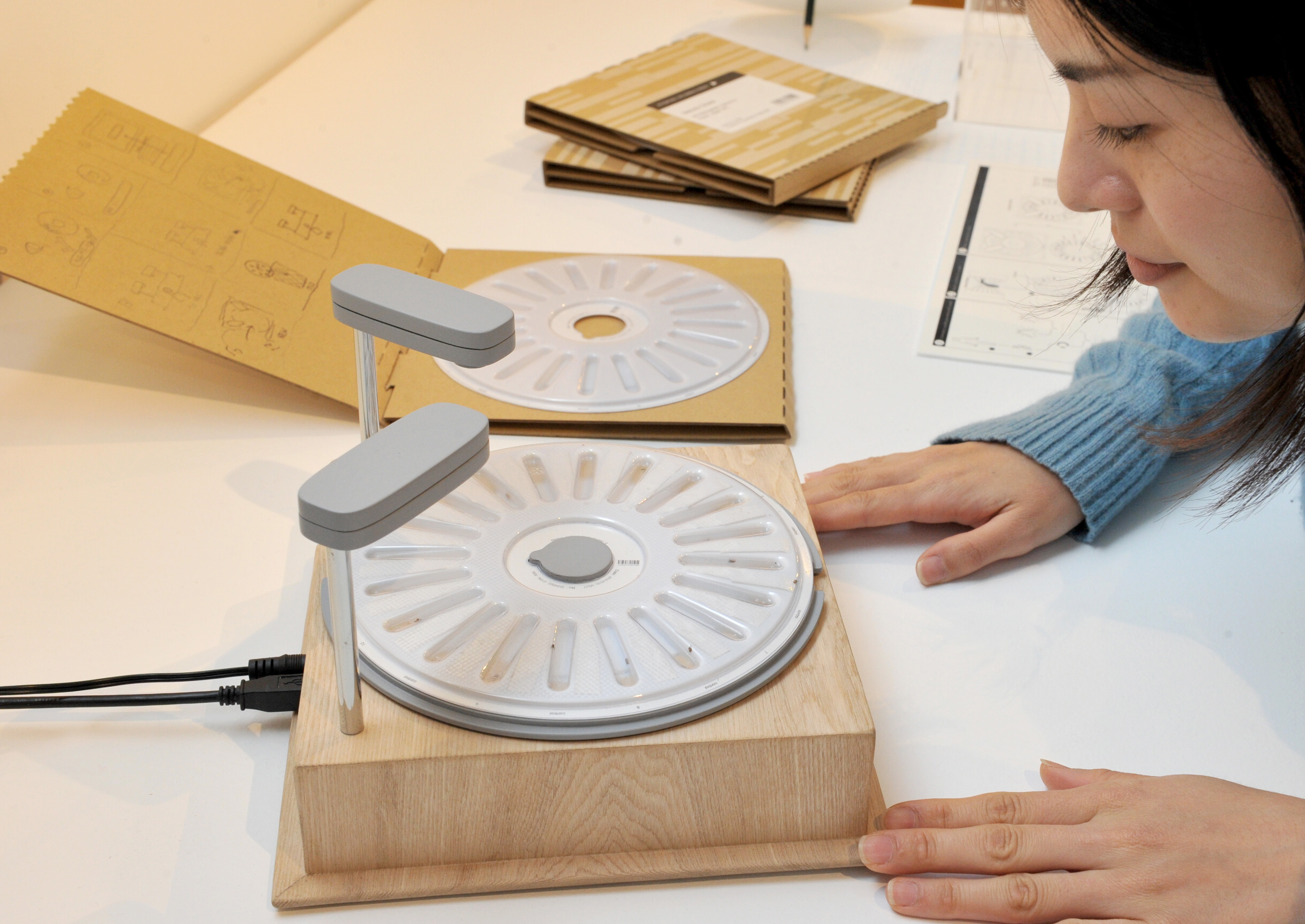People with obscure, degenerative nerve disorders with no known cures. A biologist exploring the use of fruit flies as an alternative to mice to test drug compounds. A designer who makes his own laser cutter. All of them have collaborated for a unique exhibition that could one day change the way new drugs are developed.
In a project infusing design perspectives into biosciences, Kyoto Institute of Technology's Kyoto Design Lab invited Frank Kolkman, a Dutch designer from the Royal College of Art in London, for three months last fall to develop a prototype for a kit to test possible drugs to treat Charcot-Marie-Tooth Disease (CMT).
CMT refers to a group of nerve disorders that cause mobility and sensation disabilities over a long period of time. A rare hereditary condition, it affects 2.8 million people worldwide, according to U.S.-based patient support group CMTA. In Japan, researchers estimate at least 2,000 people have the disease.



















With your current subscription plan you can comment on stories. However, before writing your first comment, please create a display name in the Profile section of your subscriber account page.